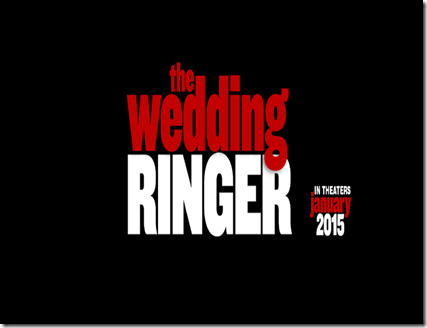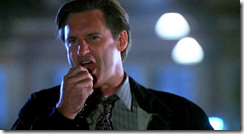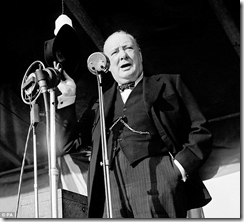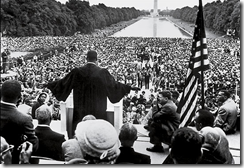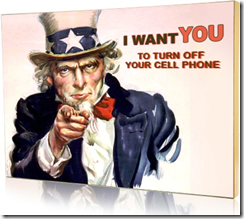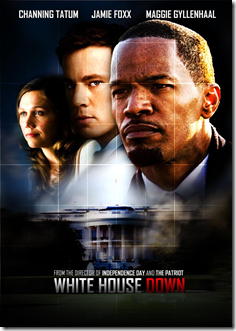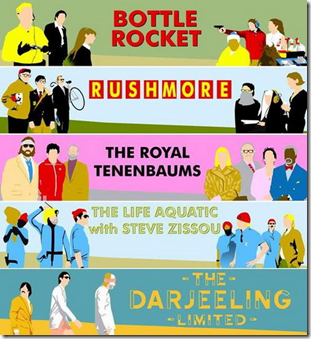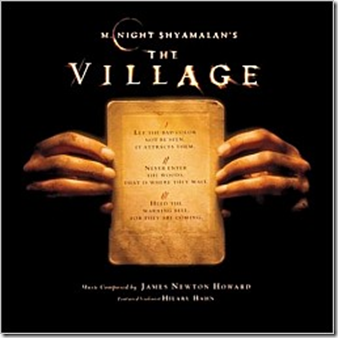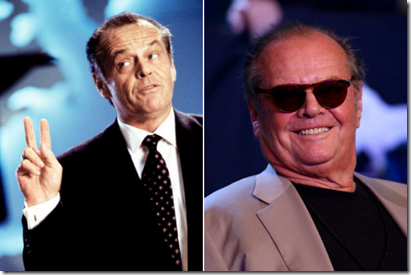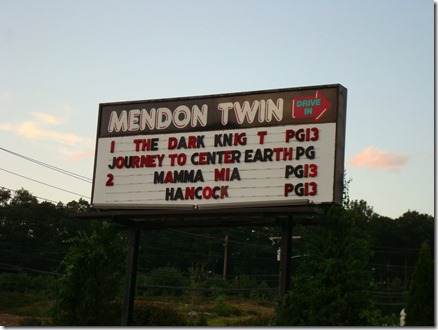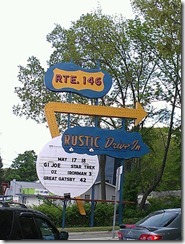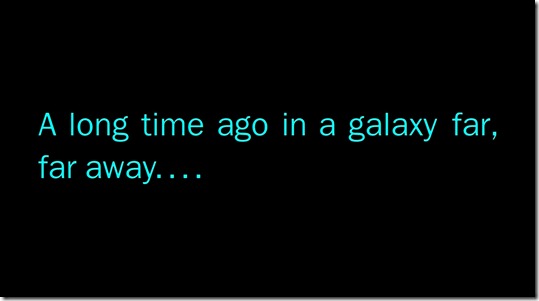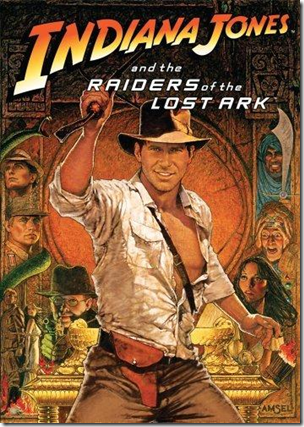Someone stole my idea for professional best man and made a movie out of it.
/Back in April of 2011, I proposed a new job: Professional best man.
I defined the position, listed my many qualifications, and offered myself out for hire.
Since then, three potential clients have attempted to hire me, only to be stymied by physical distance. Two lived outside the United States and the third lives on the west coast.
But all three were serious about hiring me.
Last year, I was contacted by a British man who was attempting to launch a similar service in his country and wanted to know if I had managed to land any clients.
This week a friend pointed me to The Wedding Ringer, a Kevin Hart-Josh Gad film about a professional best man.
I’m so annoyed.
The premise for Kevin Hart’s fictional business is a little different than mine. His character offers services to men without friends.
I am offering myself as a second best man. The professional one. The best man that allows your real best man to relax, drink, and act irresponsibly. The best man who understands weddings better than most and will do the work necessary to ensure the success of your big day.
But still, Kevin Hart’s version is close enough. You just watch. People are going to see this as a legitimate business opportunity and steal my idea.
Professional best man services are going to pop up everywhere.
Even worse, why didn’t I think of writing this film? I had this idea long before anyone involved in this movie did.
Maybe I should look at my other proposed jobs and write movies about them before it’s too late.
Grave site visitor and double date companion are just two on my list.
Or maybe professional cuddler?
Great job ideas, but maybe better movie ideas?
